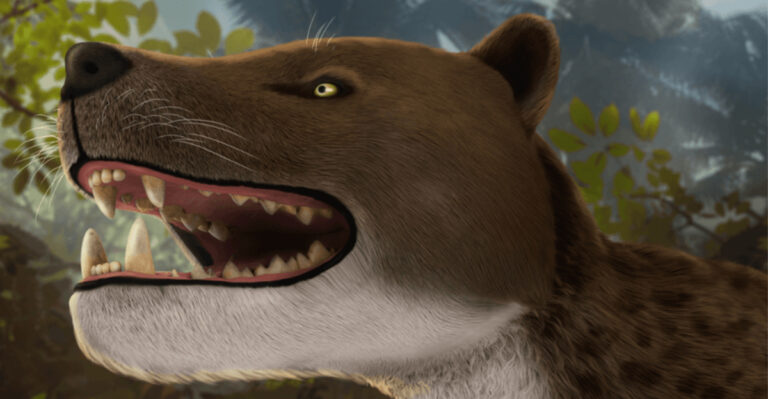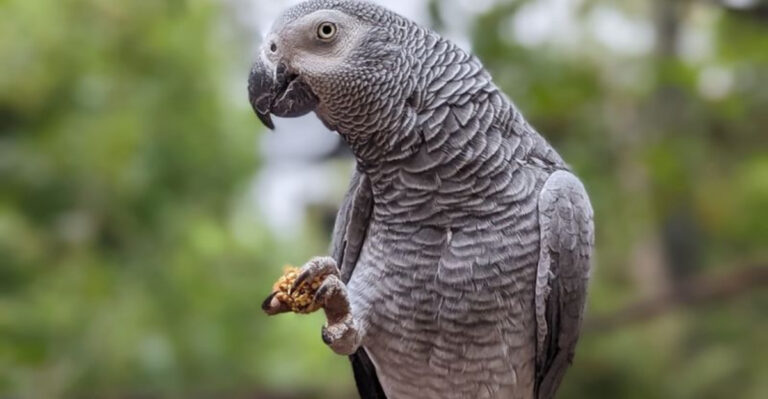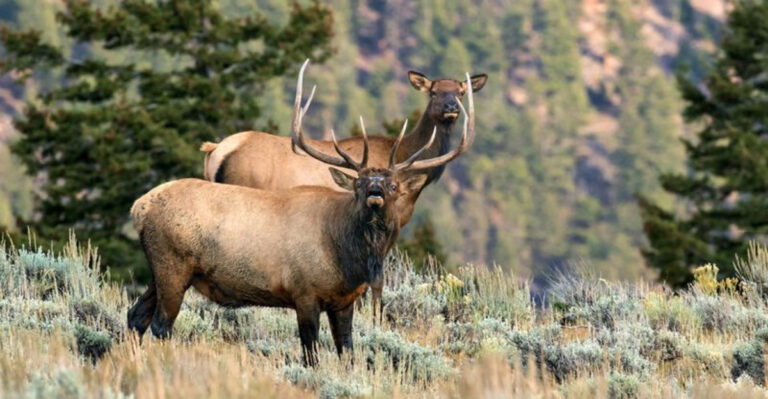The 14 Largest Dinosaurs That Ever Walked Across America
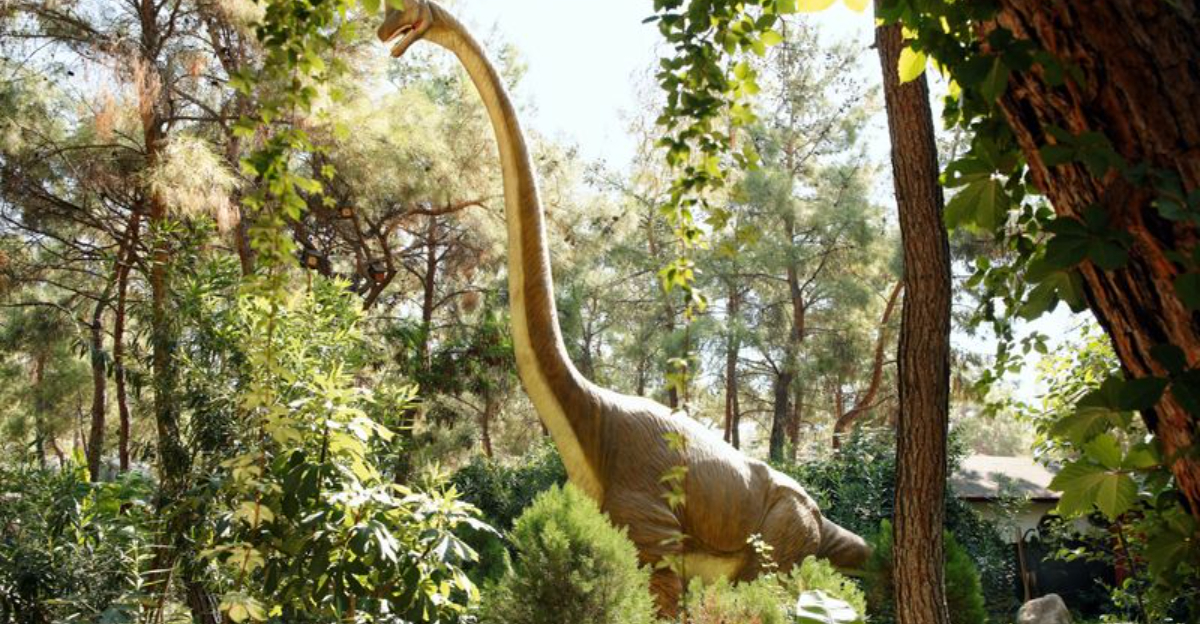
Millions of years ago, colossal creatures roamed the lands we now call America. These enormous dinosaurs left behind fossilized evidence of their massive size and incredible power.
From towering sauropods to powerful theropods, North America was home to some of the biggest dinosaurs ever discovered. Let’s meet these prehistoric giants who once shook the ground beneath their feet.
Supersaurus
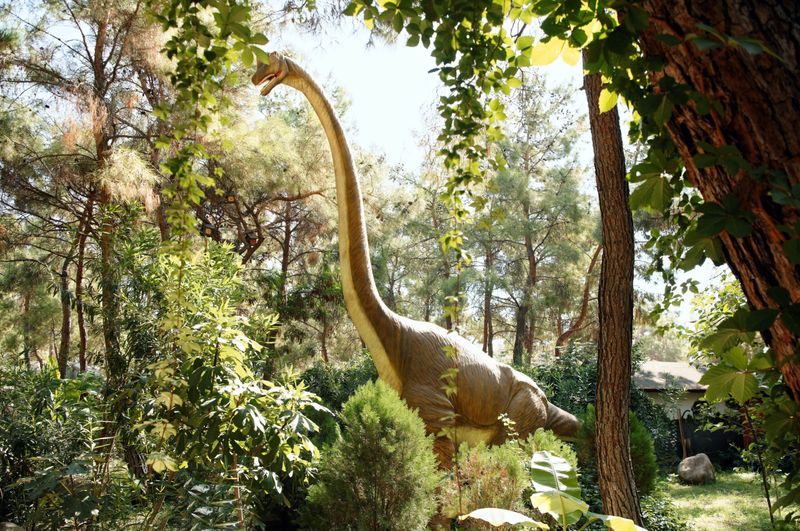
Ever wonder what it would feel like to stand next to a living skyscraper? At up to 112 feet long, Supersaurus could peek into sixth-floor windows!
Discovered in Colorado, this massive plant-eater lived during the Late Jurassic period. Its neck alone stretched longer than a school bus, allowing it to reach treetops that other dinosaurs couldn’t touch.
Alamosaurus
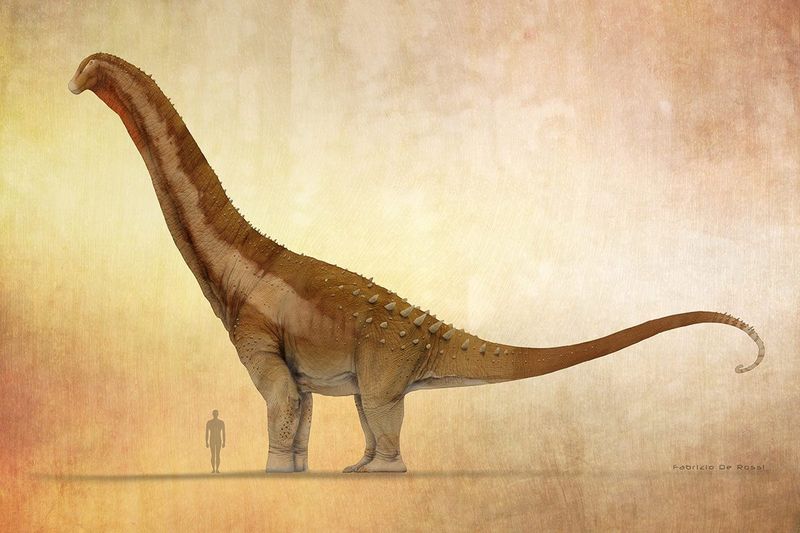
Weighing as much as ten elephants, Alamosaurus left footprints you could swim in! This southwestern titan roamed Texas, New Mexico, and Utah during the very end of the dinosaur age.
Despite its massive size, Alamosaurus moved in herds for protection against predators. Its spiky armor-like bones along its spine might have deterred even the hungriest T. rex from taking a bite.
Diplodocus
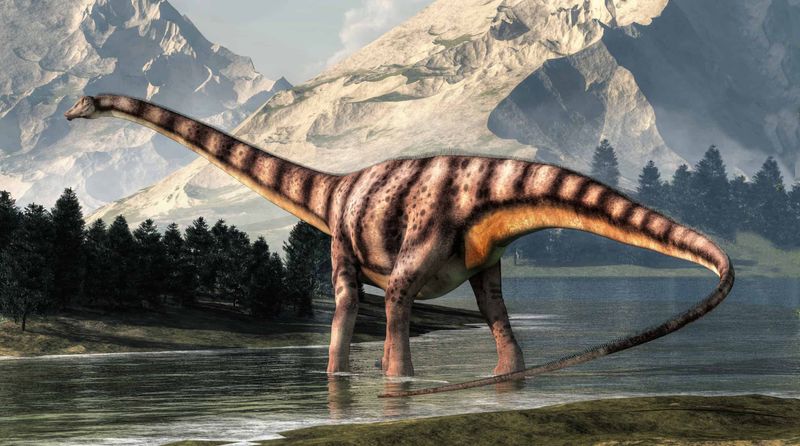
Famous for its bullwhip-like tail that could crack louder than thunder, Diplodocus stretched nearly 90 feet from nose to tail! Found throughout the American West, this dinosaur’s fossils tell an amazing story of adaptation.
Unlike many giant dinosaurs, Diplodocus held its neck parallel to the ground, sweeping it side to side to strip leaves from branches. Its weird peg-like teeth were perfect for this eating style.
Brachiosaurus
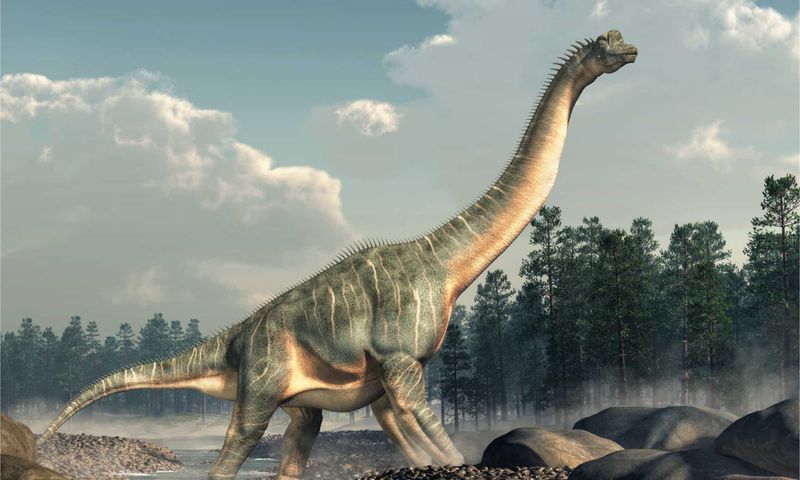
Standing taller than a four-story building, Brachiosaurus munched on treetops that no other dinosaur could reach! This prehistoric giant had nostrils on top of its head, possibly allowing it to breathe while partially submerged in water.
First discovered in Colorado, this massive plant-eater had front legs longer than its back legs, giving it a distinctly giraffe-like appearance. Each footprint could hold a kiddie pool!
Argentinosaurus
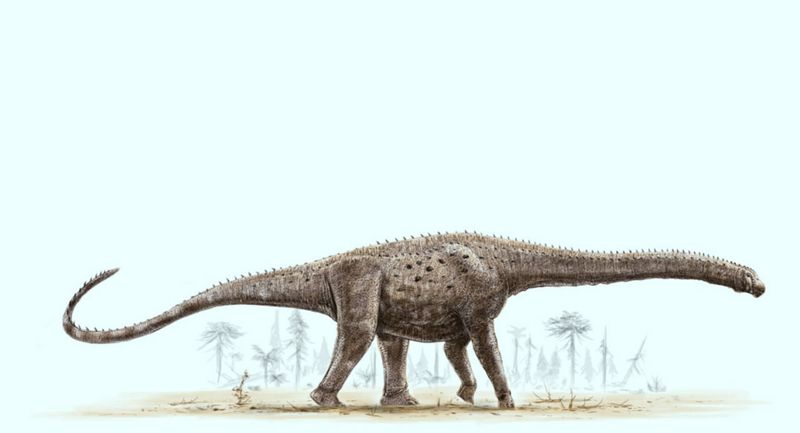
Though named for Argentina, some scientists believe this behemoth also ventured into North America! Possibly the heaviest land animal ever, weighing up to 100 tons, it would have made the ground tremble with each step.
Recent fossil evidence suggests these giants might have traveled farther than previously thought. A single vertebra from this dinosaur would be too heavy for you to lift, weighing more than a refrigerator!
Apatosaurus
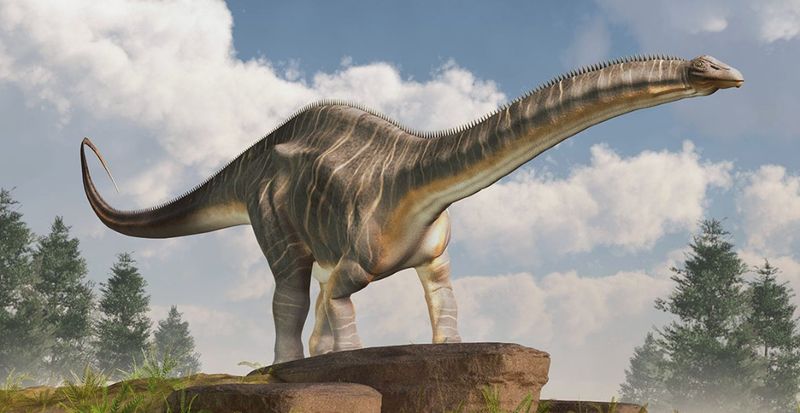
Once known by the incorrect name “Brontosaurus,” this 75-foot-long behemoth could crush a car under one foot! Its name means “deceptive lizard” because its fossils fooled scientists for years.
Found throughout the American West, Apatosaurus had a whip-like tail that could potentially break the sound barrier when cracked. Despite weighing as much as four elephants, its brain was no bigger than a dog’s!
T. Rex
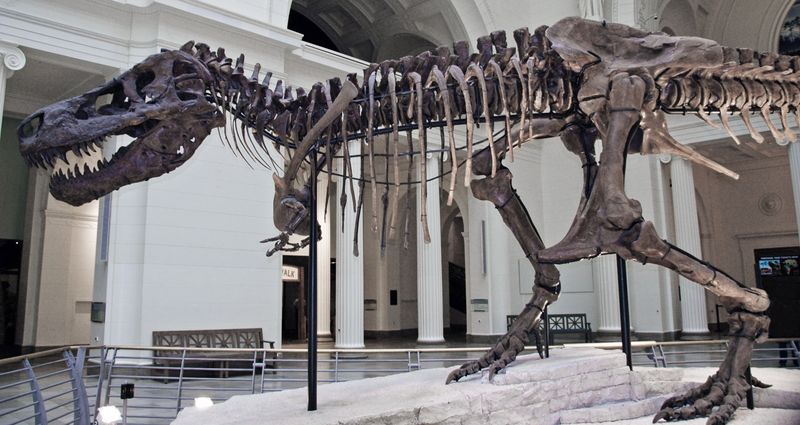
Forget what you’ve seen in movies – the real T. rex was even more terrifying! With bone-crushing jaws exerting 8,000 pounds of force, this 40-foot predator ruled the American West.
Despite weighing up to 9 tons, T. rex could run surprisingly fast. Recent fossil discoveries show that younger T. rexes were sleeker and faster than adults, suggesting their hunting style changed as they grew into unstoppable adult predators.
Barosaurus
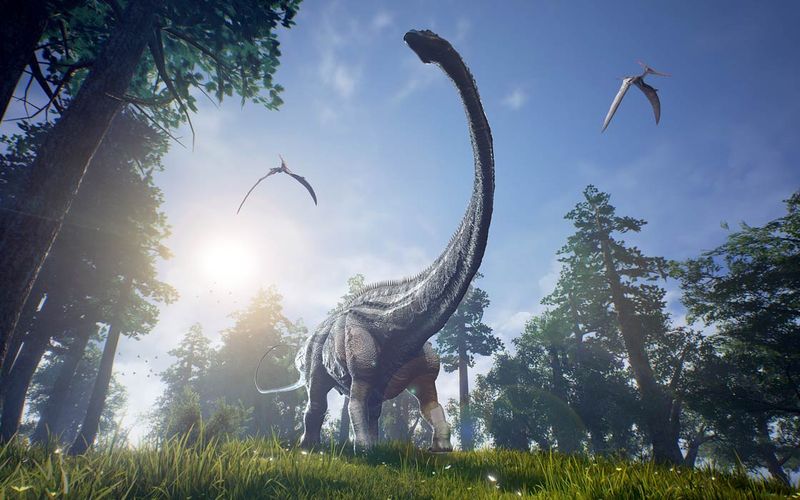
Sporting a neck that could stretch up to 50 feet – longer than a semi-truck trailer! Barosaurus likely needed several hearts to pump blood all the way to its tiny brain.
Found in Utah and South Dakota, this dinosaur’s unusual vertebrae had hollow chambers that made its seemingly impossible neck lightweight enough to hold up. Standing on its hind legs, it could peek into a ninth-floor apartment window!
Quetzalcoatlus
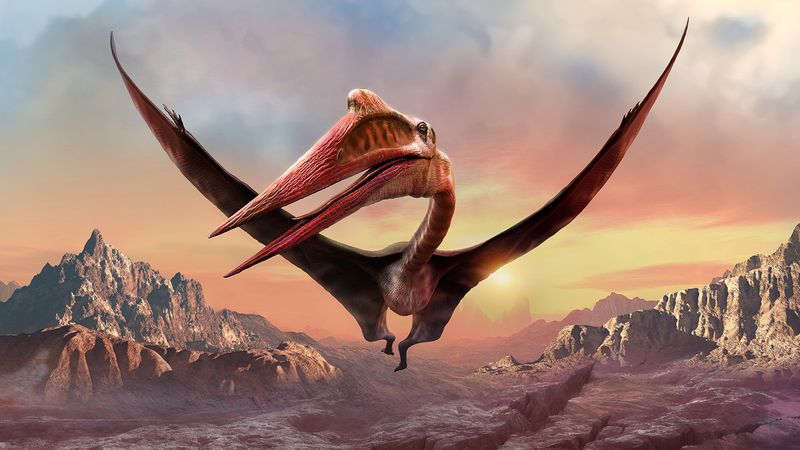
Technically not a dinosaur but too impressive to ignore! With a wingspan wider than a small airplane, this Texas pterosaur was the largest flying animal ever discovered.
Standing as tall as a giraffe when grounded, Quetzalcoatlus could launch itself skyward using powerful front limbs. Despite its massive 36-foot wingspan, hollow bones made it weigh less than most humans do today!
Acrocanthosaurus
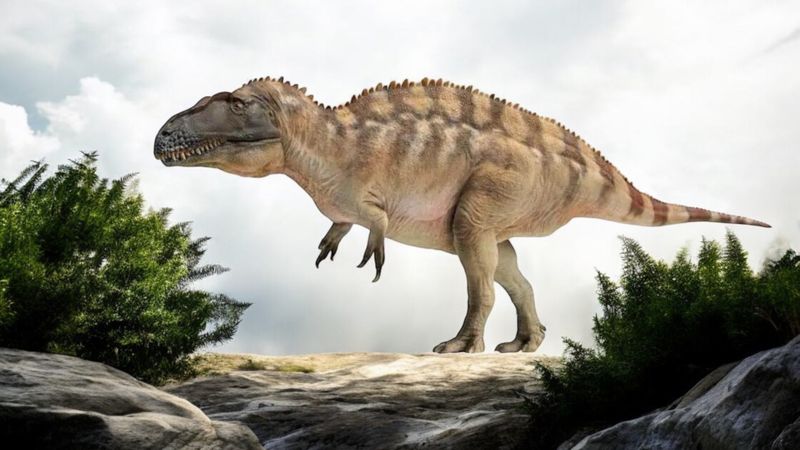
Armed with a row of tall spines running down its back, this 38-foot predator terrorized what is now Oklahoma and Texas. Its name literally means “high-spined lizard.”
Unlike T. rex, Acrocanthosaurus had three powerful fingers on each hand, perfect for grabbing prey. Trackways discovered in Texas show these monsters may have hunted in packs, working together to bring down sauropods many times their size!
Camarasaurus
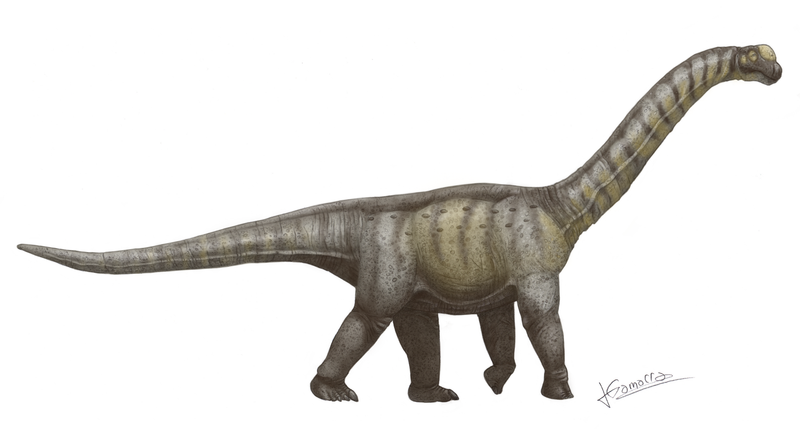
Named for the hollow chambers in its vertebrae, Camarasaurus had a set of chompers that would make a dentist jealous! Unlike pencil-toothed relatives, this 60-foot giant had spoon-shaped teeth perfect for stripping tough vegetation.
Fossil evidence from Colorado and Utah suggests these dinosaurs traveled in family groups. Young Camarasaurus grew incredibly fast, gaining up to 1,000 pounds per year until reaching their massive adult size!
Alamosaurus
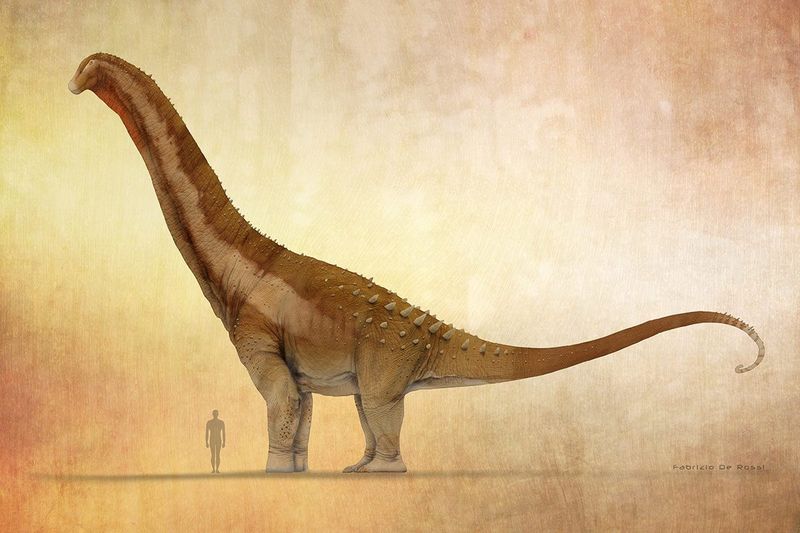
Lumbering across New Mexico with skin covered in bony armor plates, Alamosaurus was like a walking fortress! Recent discoveries suggest it was among the very last dinosaurs before the extinction event.
Despite weighing up to 30 tons, fossil evidence shows this giant had a surprisingly varied diet. Its massive digestive system could process everything from tender shoots to tough pine needles, helping it survive when food became scarce.
Sauroposeidon
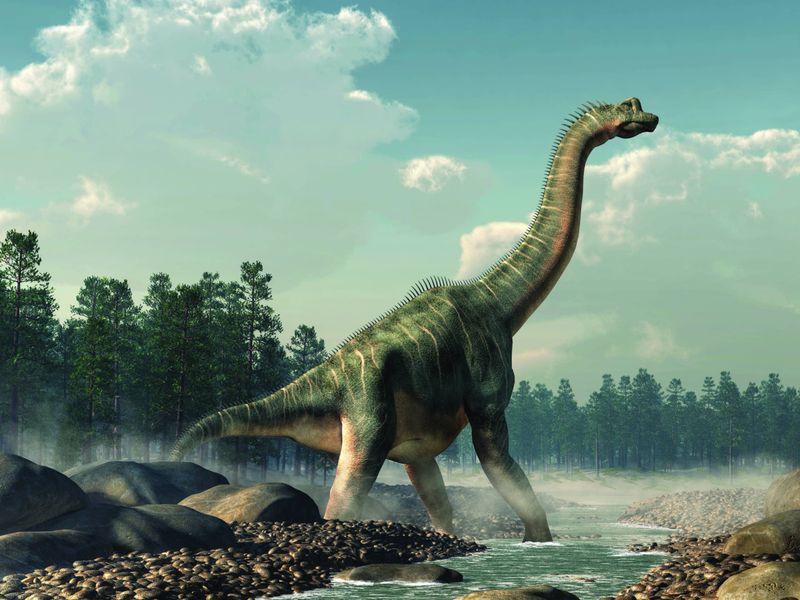
Appropriately named after Poseidon, god of earthquakes, this Oklahoma giant made the ground shake with each step! Potentially reaching heights of 60 feet – taller than a five-story building.
Discovered in 1994, Sauroposeidon had neck vertebrae longer than a human is tall. Based on growth rings in fossil bones, scientists believe these giants grew rapidly, reaching their full size in less than 20 years!
Amphicoelias
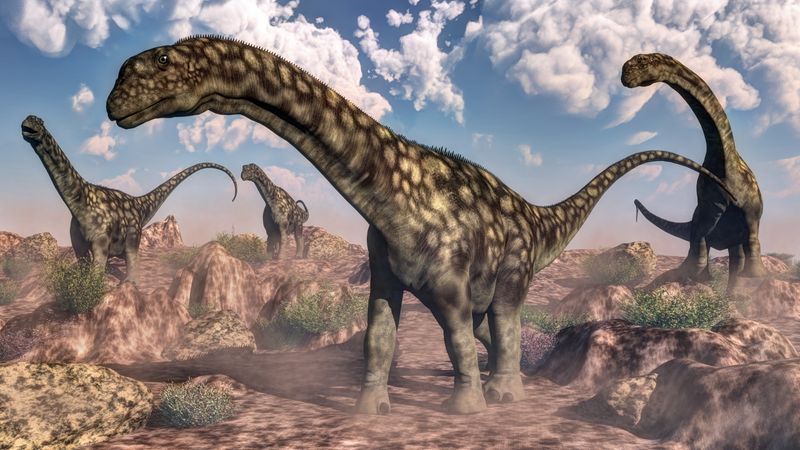
Potentially the largest dinosaur ever, Amphicoelias remains shrouded in mystery! A single massive vertebra discovered in Colorado in 1877 suggested a creature stretching over 100 feet long.
Unfortunately, the original fossil disappeared after measurement, leaving scientists debating its true size. If estimates are correct, this dinosaur would have been too large to be portrayed accurately in most museum halls – its tail would stretch out the door!

